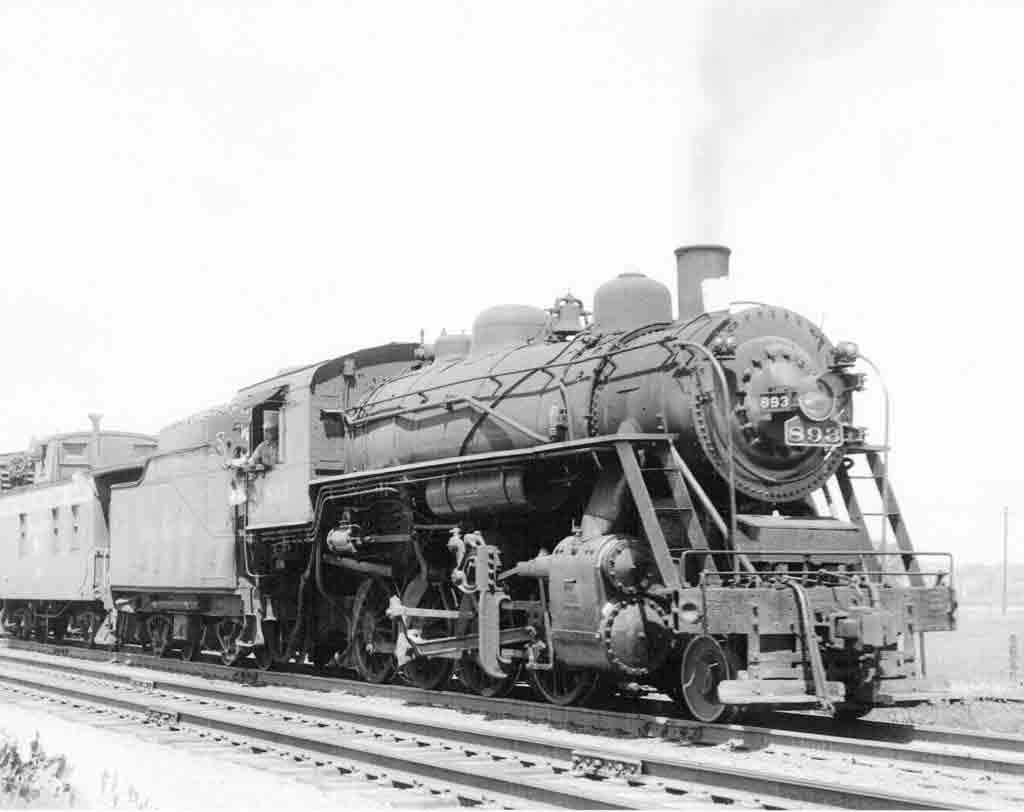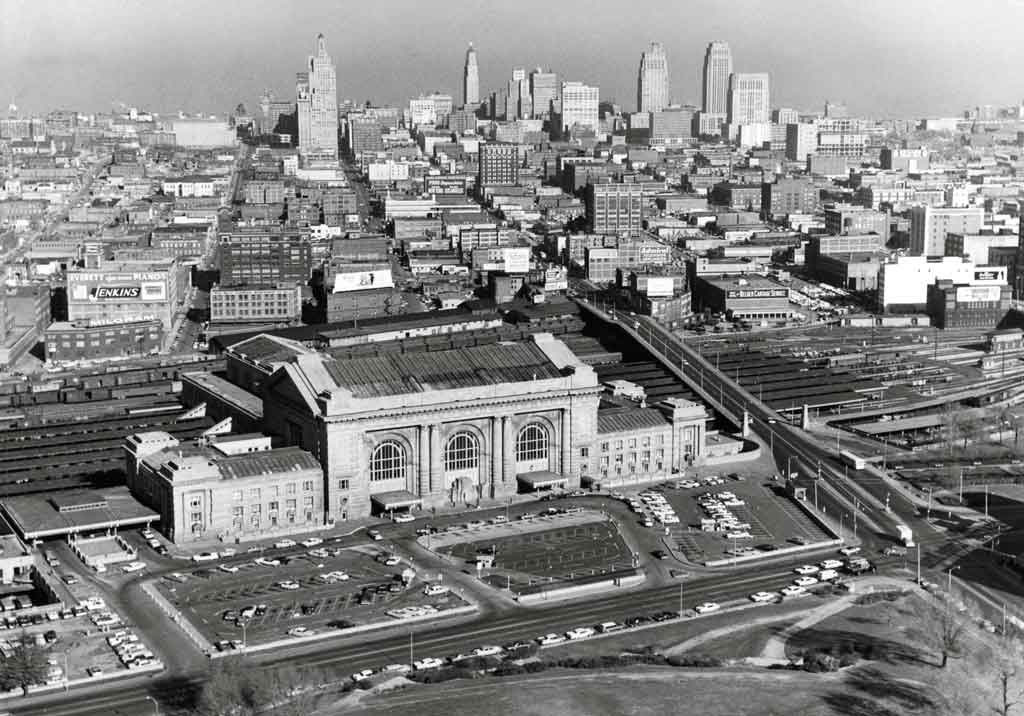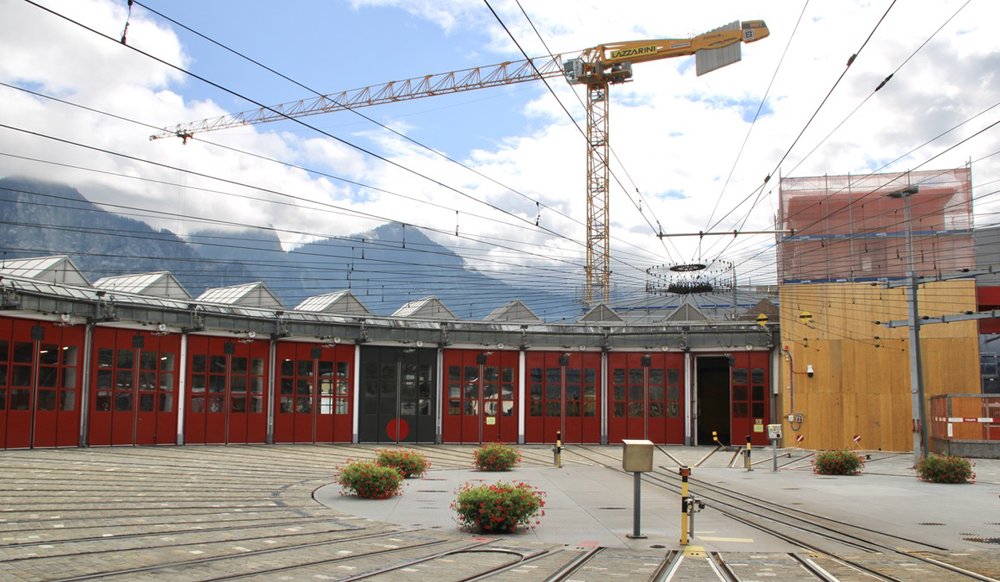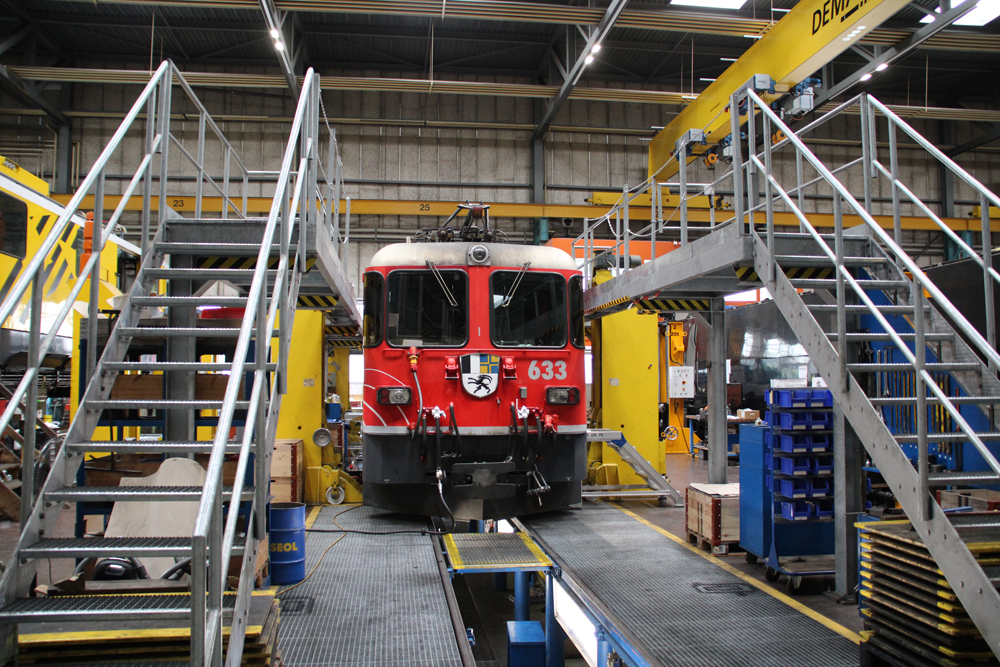I was a freshman at Purdue University in 1949. Railfans were a rarity, so I was able to ride with the switcher crew on weekends and some evenings when they stayed on to help Second 68. During the winter of 1949-50, fireman Tom Jennings developed a respiratory ailment that weakened him considerably, so I fired the hand-bomber whenever I could. This was a good body-building routine since I planned to go out for the freshman baseball team in the spring.
One unseasonably warm Saturday, Second 68 arrived at Lafayette quite late. There was a danger that it could delay New York Central’s hotshot freight No. 98, or worse still, stick NKP’s 62, a Berkshire-powered freight with Kansas City beef for New York. As we backed G-7 893 out of the yard and onto the main, I prepared for the trip so we could leave town with a nearly a full water glass and a hot fire with a good heel. We coupled on ahead of H-6 645, and conductor Garrett stuck his head in the gangway to warn us that we had a very heavy train. When the signal at the end of the station platform turned to green, engineer Ed Steiner released the brakes and pulled on the throttle.
Firing a hand-bomber called for the fireman to use his right hand to slide the shovel into the coal pile. He then pulled the shovel out, preferably about half-full, and swung around quickly from right to left while stepping with his left foot on the pedal that opened the firebox door. If done correctly, the door would open just as the shovel got to the door. The coal was distributed into the firebox: one scoop left-front, one right-front, a shovelful in each of the back corners to keep the heel built up, and finally one spread over the center of the fire by hitting the base of the shovel against the bottom of the fire-door opening. This last maneuver was one I never fully mastered as I sometimes hit the bottom of the opening with the lip of the shovel, spreading coal all over the deck.
We started up the grade, and I began to shovel in earnest. As Tom turned the injector on, Ed pulled back more on the throttle. Things went well until we lurched across the Wabash Railroad at Lafayette Junction. I smacked the lip of the shovel against the firebox opening and coal flew in every direction. I began to shovel as fast as I could until Tom cautioned me to slow down before I dropped. Then the 893 started to slip, tearing up the fire and making the task harder. That engine could climb a wall without slipping, so I realized that we had a really heavy train.
As we came out of the curve above Lafayette Junction, the water level began to drop in the sight glasses and Ed had to start his injector. Now I had to shovel coal against two injectors. Sweat was pouring off me as I kept feeding the hungry firebox, but the cool water from the tender was beating me as the boiler pressure dropped from the normal 185 lbs. to below 160. If it dropped below 140, the brakes would set and we would tie up the railroad. Meanwhile, the 645 was doing its part behind us, its exhaust thundering like cannon shots. Tom offered to spell me, but I assured him that I would make it. As the pressure hovered around 150 lbs., I felt the 893 sway into the turnout that took us into the siding at Altamont, top of the hill. When we finally ground to a halt, conductor Garrett climbed into the cab and looked at a completely beat student and suggested that I was working awfully hard for somebody who wasn’t getting paid.
Remembering the combined tonnage rating of 3500 for the two engines, I asked how heavy the train was.
“Well,” replied Garrett, with a twinkle in his eyes, “3950, but that didn’t count the cars they picked up at Cheneyville.” Everyone, including me, had a good laugh at my expense.
That spring, I made the baseball team.
First published in Fall 2003 Classic Trains magazine
Learn more about railroad history by signing up for the Classic Trains e-mail newsletter. It’s a free monthly e-mail devoted to the golden years of railroading.















Very interesting article you got here I really appreciate reading it.